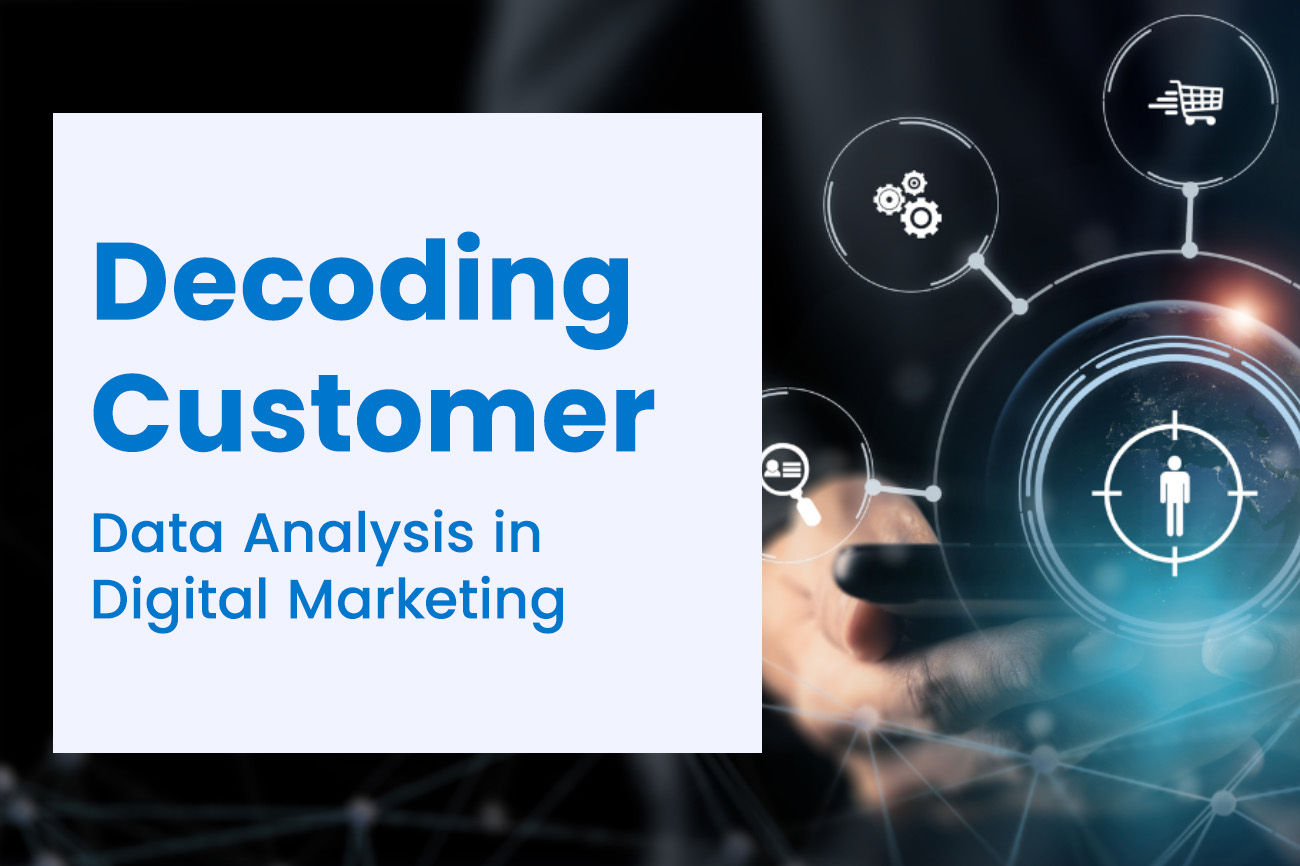
The Power of Customer Data Analysis in Digital Marketing
In today's fast-changing digital world, there's less and less space between what people do online and what they buy, which means traditional market research is changing. Now, it's all about looking at lots of customer data to understand them better.
More and more businesses are using this kind of analysis to make their ads fit with what people want and to predict what they will want next. But it's not always easy. This guide is here to help businesses use customer data analysis smartly in their digital marketing to keep up with the fast pace of the online world.
-
Data Collection
First, figure out where you're getting your information from. This could be information like numbers from social media, stats from your website, or details from your customer lists. Collect both numbers and descriptions from these places so you know everything.
Next, ensure you have a sound system to organize and safeguard your data for future use. Leveraging dedicated tools and online survey platforms can help maintain the cleanliness and accessibility of your information within your organization.
-
Data Quality Assurance
Data Quality Assurance ensures that your data is correct and trustworthy. It does this by checking for mistakes, like having the same information twice or errors in the data. It also ensures that the data is the same across different places you get it from.
This proactive approach ensures data accuracy and prevents potential issues to ensure the reliability and accuracy of the data, carefully check it, and promptly fix any identified problems.
-
Data Segmentation
During this step, group your audience into smaller sections based on things they have in common, like age, what they buy, or how they use their devices. This will help you understand them better and allow you to adjust your business plans to suit their needs better.
By looking at these groups, you can predict what your customers might do next and plan how to reach them better. Using Key Performance Indicators (KPIs), like how many people buy something or click on an ad, gives you clear goals to aim for and helps you make smarter choices about what to do next.
-
Data Interpretation
After checking the data, it's essential to understand what it means for your marketing plans. For example, you might want to see if certain groups of people like your ads more or if there are days when more people interact with them.
The goal is to extract useful information from the data to make smart decisions. For instance, if emails aren't working well with a particular group, you might need to change how you send them to that group.
-
Data Reporting
Once you finish the process, it's important to share what you've discovered in a way that's easy to understand and act upon. You can use graphs and charts to make short but informative reports that make information accessible to everyone.
Then, take what you've learned from studying the data to make smart decisions about your digital marketing plan. Figure out which parts are doing well and decide where to put more effort into getting more customers or keeping the ones you have.
In conclusion, knowing the method of customer data analysis is crucial for success in digital marketing. It helps you customize your marketing, guess what customers will like, and make things feel personal for them. But it's not just about having data—it's about using it right to stay ahead of others online.
Whether you're already a digital marketer or want to be one, it's wise to incorporate these ideas into your plans. They'll help you better analyze customer data and connect with the people you're trying to reach.
